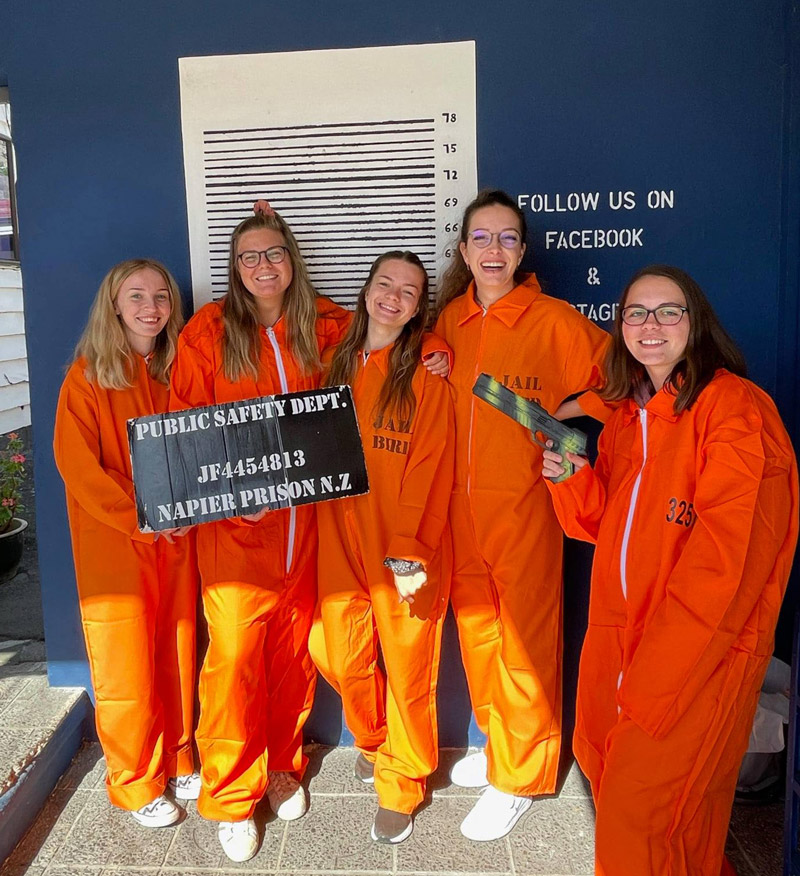Remembering, Napier Prison
Step into the past and visit Napier Prison. With over 130 years as an operating Prison, Napier Prison housed men, women and children. The Prison not only contained criminals: it was also a place of execution and a home of the mentally unwell.
From the surrounding walls to the foundations, the buildings of Napier Prison that remain offer a unique connection to the stories of those who spent time within its walls.
Explore our timeline and experience the rich history of Napier Prison.
Napier Prison is open for tours throughout the year. If you’re ready to step into the past, find out more about visiting Napier Prison today.
History timeline for
Napier Prison
Early 1861
Hawke’s Bay Provincial Government (formed in 1858) voted to set aside 800 pounds for a new gaol building in Napier
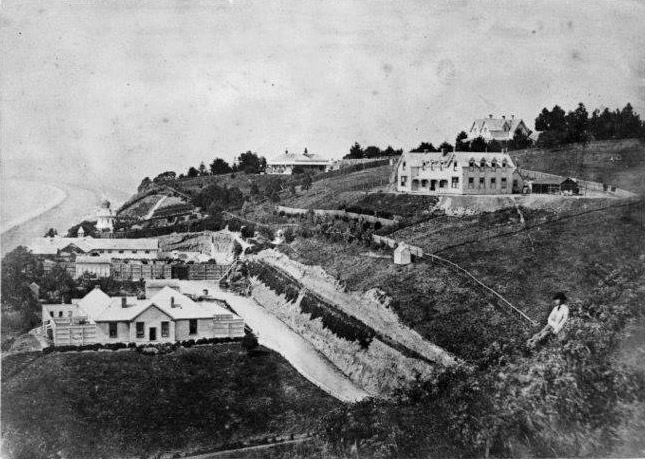
1862
Napier Prison (former) opened and remained in operation for 131 years.
1862
Napier Prison was declared a place of execution.
1863
An additional wing was added to the Prison to increase capacity.
1868
Hawke’s Bay Provincial Government decided an additional wing was needed at Napier Prison to serve as a lunatic asylum.
1869
The ‘West Wing’ was opened and declared a public asylum under The Lunatics Act 1868. Fencing was also constructed to enclose separate yards for female prisoners and asylum patients, male asylum patients, and a works yard for storing equipment and materials.
1872
Kereopa Te Rau was executed at Napier Prison. This was the first execution at Napier Prison and took place 30 years after New Zealand’s first execution.
1873
An octagonal timber lighthouse measuring 26 feet (7.9 metres) high and 13 feet (3.9 metres) in diameter at the base had been erected on a small plateau at the southern end of the gaol reserve. The aim was to save on operating costs as the gaol officers on night duty could attend to the lighthouse’s gas light. The lighthouse’s gas light was lit for the first time on 9 March 1874.
1874
A new asylum was constructed at the northern end of the gaol reserve. The asylum building was u-shaped with male patients in dormitories in the right wing and female patients in the left wing.
1875
The new asylum opened with a resident warder and his wife who were appointed to manage it.
1884
The second execution, of Roland Herbert Edwards, took place at Napier Prison.
1886
The asylum at Napier Prison was closed.
1889
The last two executions took place at Napier Gaol. On 13 May 1889, 28 year old Haira Te Piri was hung following his conviction for the murder of storekeeper Frank Pook, his wife Jane and their baby Bertie at Mataahu on the East Coast. Makoare Wata was hung on 28 September 1889 after being convicted of murder by the Napier Supreme Court.
Early 1900s
The prison’s boundary and retaining walls were constructed from stone quarried and prepared by prisoners from the prison quarry. Three warder’s cottages were also constructed in the early 1900s, two built from recycled timber from the demolished 1875 lunatic asylum.
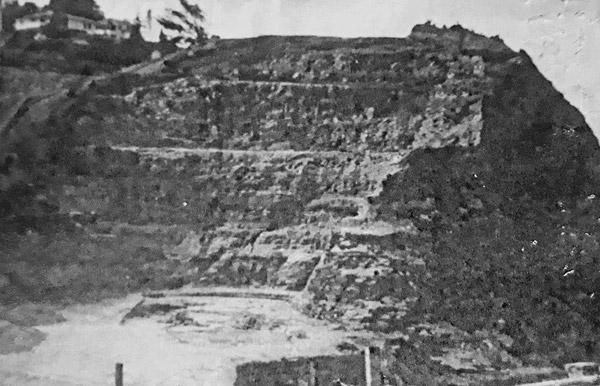
1919
Napier Prison’s status was reduced to a police gaol, mostly housing short-stay prisoners
1931
Severe damage was caused to the Prison during the 1931 Napier Earthquake
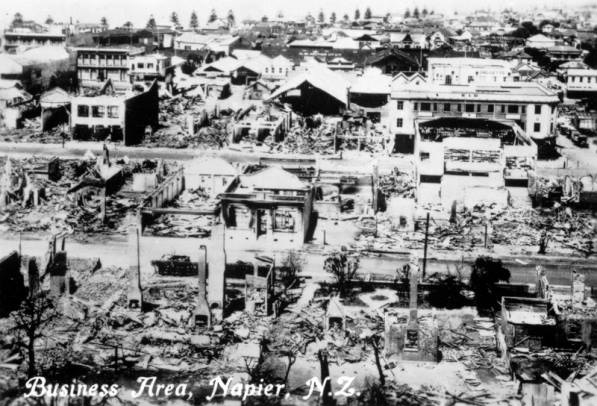
1948
The lighthouse was successfully dismantled and removed from Napier Prison
1951
The prison site was finally gazetted as a prison reserve, almost 90 years after it first opened.
1961
A new Superintendent’s house was commissioned at the triangle of garden which is now known as 29 Clyde Road, and the original Superintendent’s house was repurposed into use within the prison.
1963
A new dining room addition was completed.
1965
The former open shelter dining room was converted into an ablution block.
1968
The Department of Justice started scoping alternative sites for a new Napier Prison due to the poor condition of the existing prison.
1973
Napier City Council started work to convert the former prison quarry into the Centennial Gardens. The transformation was undertaken by prisoners and later Council gardeners. The Centennial Gardens opened officially on 16 October 1974.
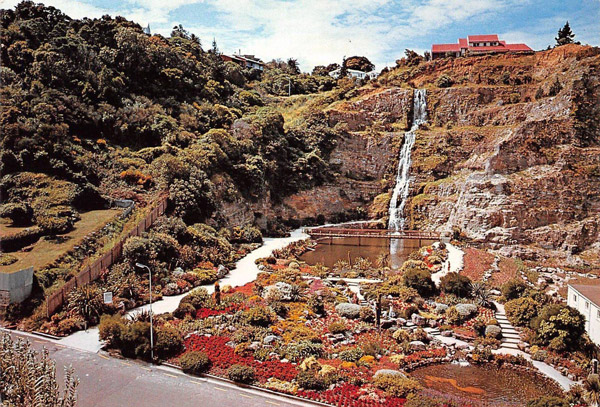
1974
This was the final year female prisoners were held at Napier Prison.
1983
The government announced their decision to construct a new prison to serve Hawke’s Bay at Mangaroa.
1989
Mangaroa Prison (now Hawke’s Bay Prison) opened ahead of schedule. Napier Prison continued operating for a further 4 years as a remand facilitiy.
1993
The remaining 56 inmates and 19 staff at Napier Prison were transferred to a new block at Mangaroa Prison and Napier Prison was closed.
2002
Marion and Toro Waaka entered into a lease agreement with the Crown and converted the former prison into a backpackers and prison tours operation.
2005
Reality TV Show Redemption Hill was filmed at Napier Prison. A new garden was created in the south-eastern corner of the site during filming.
2009
The Backpackers closed.
2018
The TV Series Heritage Rescue was filmed at the prison, undertaking improvements including repainting of the entranceway and new display cabinets and interpretation panels.
Today
Napier Prison remains a popular tourist attraction and hosts audio tours, offers escape room experiences and host a range of special events across the year.

